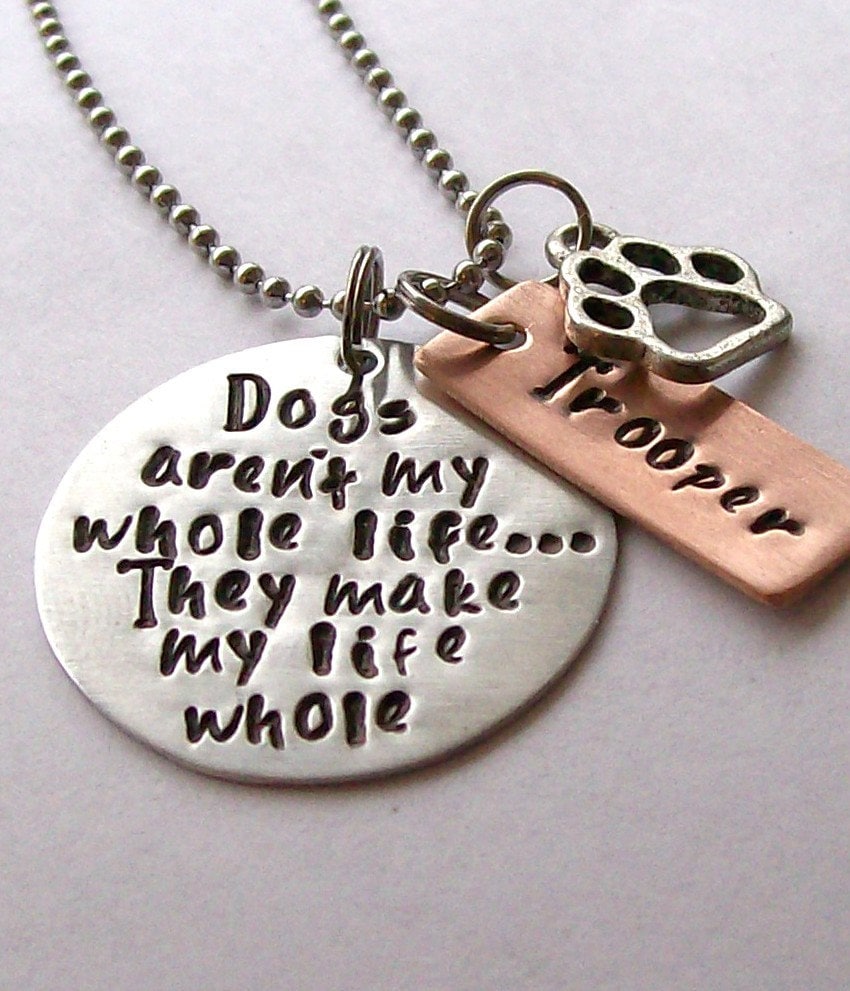"If there is no heaven for dogs, then I want to go where they go when I die."
"The
greatest pleasure of a dog is that you may make a fool of yourself with
him and not only will he not scold you, but he will make a fool of
himself too."
"If dogs could talk, perhaps we would find it as hard to get along with them as we do with people."
-Capek
"A dog is the only thing on earth that loves you more than he loves himself."
"The dog who meets with a good master is the happier of the two."
-Maeterlinck
"There is no psychiatrist in the world like a puppy licking your face."
-Ben Williams
"Whoever said you canÂ’t buy happiness forgot about little puppies."
-Gene Hill
"No one appreciates the very special genius of your conversation as much as the dog does."
-Christopher Morley
"A dog is the only thing on earth that loves you more than he loves himself."
-Josh Billings
"The average dog is a nicer person than the average person."
-Andrew A.
"If there are no dogs in Heaven, then when I die I want to go where they went."
-Unknown
"I've
seen a look in dogsÂ’ eyes, a quickly vanishing look of amazed
contempt, and I am convinced that basically dogs think humans are nuts."
-John Steinbeck
"If your dog doesn't like someone you probably shouldn't either."
-Unknown
"Old
dogs, like old shoes, are comfortable. They might be a bit out of shape
and a little worn around the edges, but they fit well."
-Bonnie Wilcox
"The more people I meet the more I like my dog"
-Unknown
"In
order to really enjoy a dog, one doesn't merely try to train him to be
semihuman. The point of it is to open oneself to the possibility of
becoming partly a dog."
-Edward Hoagland
"I
once decided not to date a guy because he wasn't excited to meet my
dog. I mean, this was like not wanting to meet my mother."
"No Matter how little money and how few possessions, you own, having a dog makes you rich."
-Louis Sabin
"Money will buy you a pretty good dog, but it won't buy the wag of his tail."
-Josh Billings
"A piece of grass a day keeps the vet away"
-Unknown Dog
"Dogs are not our whole life, but they make our lives whole."
-Roger Caras
"Dogs
feel very strongly that they should always go with you in the car, in
case the need should arise for them to bark violently at nothing right
in your ear."
-Dave Barry
"The dog was created specially for children. He is the god of frolic."
-Henry Ward
"To his dog, every man is Napolean, hence the constant popularity of dogs."
-Aldous Huxley
"Did you ever walk into a room and forget why you walked in? I think that is how dogs spend their lives."
-Sue Murphy
"Histories are more full of examples of the fidelity of dogs than of friends."
-Alexander Pope
"Do not make the mistake of treating your dogs like humans or they will treat you like dogs."
-Martha Scott
"Every dog must have his day."
-Jonathan Swift
"I loathe people who keep dogs. They are cowards who have not got the guts to bite people themselves."
-August Strindberg
"I have always thought of a dog lover as a dog that was in love with another dog."
-James Thurber
"Don't accept your dog's admiration as conclusive evidence that you are wonderful."
-Ann Landers







